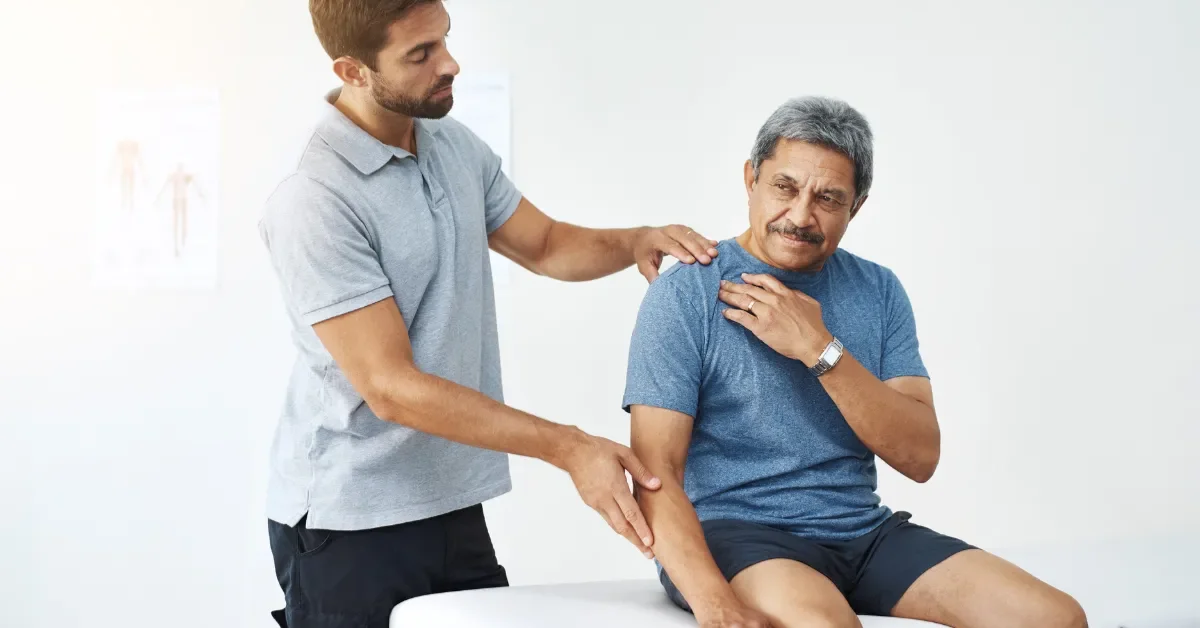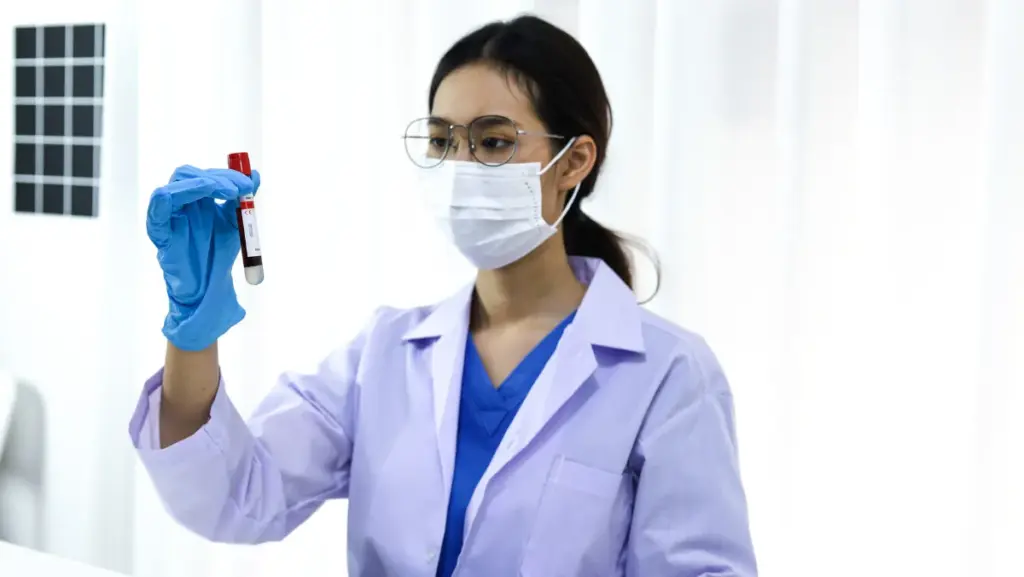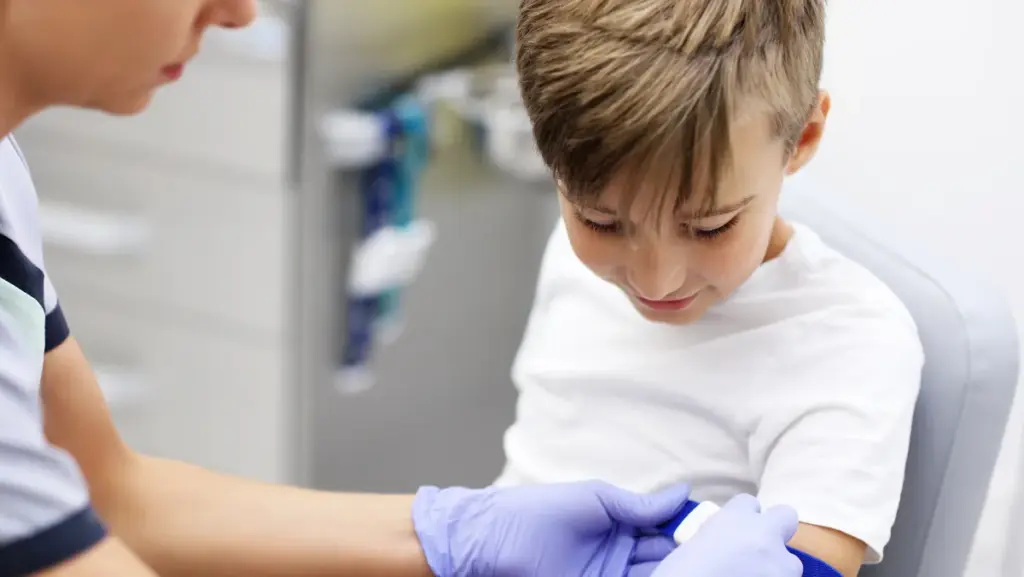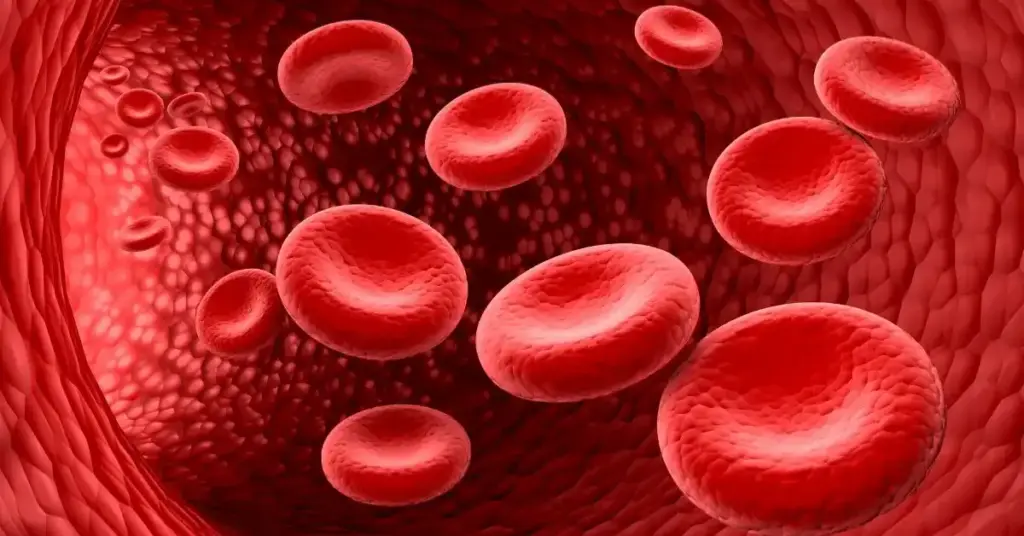
The shoulder is one of the most mobile and versatile joints in the human body, enabling a wide range of motion for tasks like lifting, throwing, and reaching overhead. This freedom of movement, however, makes the shoulder vulnerable to injury, wear and tear, and joint instability. It connects the upper arm to the torso and relies on a complex structure of bones, muscles, tendons, and ligaments.
Shoulder disorders can significantly impact day-to-day functioning, from getting dressed to performing athletic activities. Conditions such as rotator cuff tears, dislocations, and frozen shoulder are frequently seen in both active individuals and aging populations. Early diagnosis and intervention are critical to restoring function and avoiding chronic discomfort. With advances in diagnostic imaging, minimally invasive surgery, and personalized rehabilitation, outcomes for shoulder-related conditions have improved markedly in recent years.
The shoulder joint, also known as the glenohumeral joint, is a ball-and-socket structure that allows the arm to move in multiple directions. It connects the humerus (upper arm bone) with the scapula (shoulder blade) and is supported by several surrounding components.
Key anatomical elements include:
This complex interplay allows flexibility but leaves the shoulder prone to dislocation, tendon injuries, and impingement. Any disturbance in this anatomical system can compromise strength, movement, and comfort, making a thorough understanding of shoulder structure vital in diagnosing and managing disorders effectively.
The rotator cuff consists of four key muscles and their tendons that stabilize the shoulder and enable arm movement. These tendons can be inflamed, strained, or torn due to overuse, trauma, or age-related degeneration.
Common causes of rotator cuff injuries:
Symptoms may include:
Treatment depends on severity:
Timely diagnosis using MRI or ultrasound helps prevent further damage. Ignoring a rotator cuff tear can lead to shoulder dysfunction and arthritis. Rehabilitation post-treatment is critical for regaining full strength and preventing recurrence.
Shoulder dislocation occurs when the head of the humerus pops out of the glenoid socket, often due to trauma or forceful twisting. Instability refers to the recurrent or chronic tendency of the shoulder to dislocate or feel like it might “slip out.”
Causes include:
Symptoms can involve:
Treatment options:
If untreated, chronic shoulder instability can impair athletic performance, daily function, and lead to early-onset arthritis. Comprehensive rehabilitation programs focusing on strength, control, and flexibility are vital in restoring joint stability and preventing further injury.
Frozen shoulder, or adhesive capsulitis, is a condition characterized by stiffness, pain, and reduced mobility due to thickening and tightening of the shoulder capsule. The exact cause is not always known, but it often follows injury, surgery, or periods of immobility.
Risk factors include:
Stages of frozen shoulder:
Management strategies:
Recovery can be slow and may take 1–3 years, but most patients regain function with appropriate care. Early intervention and consistent physiotherapy help minimize long-term stiffness and pain.
Shoulder arthroscopy is a minimally invasive surgical technique used to diagnose and treat various shoulder conditions. It involves inserting a small camera and surgical instruments through tiny incisions to access the joint with precision and minimal disruption.
Conditions commonly treated with arthroscopy:
Advantages of arthroscopic surgery:
Post-operative care includes:
While arthroscopy is effective for many conditions, some cases may require open surgery or shoulder replacement, especially in advanced degeneration. Surgical outcomes depend on the underlying pathology, surgical technique, and patient compliance with rehabilitation.
Rehabilitation plays a crucial role in recovering from shoulder injuries and surgeries. The goal is to restore flexibility, strength, stability, and overall function through targeted therapy and conditioning programs.
Key elements of shoulder rehabilitation:
Common exercises include:
Rehabilitation timelines vary based on the severity of injury or type of surgery. Early phases focus on mobility and pain relief, while later stages emphasize strength and functional recovery. Close monitoring by a physiotherapist ensures safe progression and reduces the risk of reinjury. A well-structured rehabilitation program is often the difference between partial and complete recovery.
The shoulder is a complex, high-functioning joint essential for both routine tasks and athletic performance. From rotator cuff tears to chronic instability and frozen shoulder, disorders of this joint can severely restrict independence and quality of life. Early diagnosis, timely intervention, and dedicated rehabilitation are essential for restoring function and preventing long-term damage.
At Kannappa Memorial Hospital, we provide comprehensive orthopedic care tailored to each patient's needs. Our expertise spans advanced diagnostic imaging, minimally invasive arthroscopy, and structured rehabilitation programs, ensuring optimal outcomes for shoulder conditions. Whether you’re recovering from an injury or managing chronic shoulder pain, expert support and personalized treatment can help you regain strength, confidence, and comfort.
The shoulder is one of the most mobile and versatile joints in the human body, enabling a wide range of motion for tasks like lifting, throwing, and reaching overhead. This freedom of movement, however, makes the shoulder vulnerable to injury, wear and tear, and joint instability. It connects the upper arm to the torso and relies on a complex structure of bones, muscles, tendons, and ligaments.
Shoulder disorders can significantly impact day-to-day functioning, from getting dressed to performing athletic activities. Conditions such as rotator cuff tears, dislocations, and frozen shoulder are frequently seen in both active individuals and aging populations. Early diagnosis and intervention are critical to restoring function and avoiding chronic discomfort. With advances in diagnostic imaging, minimally invasive surgery, and personalized rehabilitation, outcomes for shoulder-related conditions have improved markedly in recent years.
Shoulder Joint Anatomy
Rotator Cuff Injuries & Tears
Shoulder Dislocation & Instability
Frozen Shoulder (Adhesive Capsulitis)
Shoulder Arthroscopy & Surgery
Rehabilitation & Strengthening Exercises
Conclusion
The shoulder joint, also known as the glenohumeral joint, is a ball-and-socket structure that allows the arm to move in multiple directions. It connects the humerus (upper arm bone) with the scapula (shoulder blade) and is supported by several surrounding components.
Key anatomical elements include:
This complex interplay allows flexibility but leaves the shoulder prone to dislocation, tendon injuries, and impingement. Any disturbance in this anatomical system can compromise strength, movement, and comfort, making a thorough understanding of shoulder structure vital in diagnosing and managing disorders effectively.
The rotator cuff consists of four key muscles and their tendons that stabilize the shoulder and enable arm movement. These tendons can be inflamed, strained, or torn due to overuse, trauma, or age-related degeneration.
Common causes of rotator cuff injuries:
Symptoms may include:
Treatment depends on severity:
Timely diagnosis using MRI or ultrasound helps prevent further damage. Ignoring a rotator cuff tear can lead to shoulder dysfunction and arthritis. Rehabilitation post-treatment is critical for regaining full strength and preventing recurrence.
Shoulder dislocation occurs when the head of the humerus pops out of the glenoid socket, often due to trauma or forceful twisting. Instability refers to the recurrent or chronic tendency of the shoulder to dislocate or feel like it might “slip out.”
Causes include:
Symptoms can involve:
Treatment options:
If untreated, chronic shoulder instability can impair athletic performance, daily function, and lead to early-onset arthritis. Comprehensive rehabilitation programs focusing on strength, control, and flexibility are vital in restoring joint stability and preventing further injury.
Frozen shoulder, or adhesive capsulitis, is a condition characterized by stiffness, pain, and reduced mobility due to thickening and tightening of the shoulder capsule. The exact cause is not always known, but it often follows injury, surgery, or periods of immobility.
Risk factors include:
Stages of frozen shoulder:
Management strategies:
Recovery can be slow and may take 1–3 years, but most patients regain function with appropriate care. Early intervention and consistent physiotherapy help minimize long-term stiffness and pain.
Shoulder arthroscopy is a minimally invasive surgical technique used to diagnose and treat various shoulder conditions. It involves inserting a small camera and surgical instruments through tiny incisions to access the joint with precision and minimal disruption.
Conditions commonly treated with arthroscopy:
Advantages of arthroscopic surgery:
Post-operative care includes:
While arthroscopy is effective for many conditions, some cases may require open surgery or shoulder replacement, especially in advanced degeneration. Surgical outcomes depend on the underlying pathology, surgical technique, and patient compliance with rehabilitation.
Rehabilitation plays a crucial role in recovering from shoulder injuries and surgeries. The goal is to restore flexibility, strength, stability, and overall function through targeted therapy and conditioning programs.
Key elements of shoulder rehabilitation:
Common exercises include:
Rehabilitation timelines vary based on the severity of injury or type of surgery. Early phases focus on mobility and pain relief, while later stages emphasize strength and functional recovery. Close monitoring by a physiotherapist ensures safe progression and reduces the risk of reinjury. A well-structured rehabilitation program is often the difference between partial and complete recovery.
The shoulder is a complex, high-functioning joint essential for both routine tasks and athletic performance. From rotator cuff tears to chronic instability and frozen shoulder, disorders of this joint can severely restrict independence and quality of life. Early diagnosis, timely intervention, and dedicated rehabilitation are essential for restoring function and preventing long-term damage.
At Kannappa Memorial Hospital, we provide comprehensive orthopedic care tailored to each patient’s needs. Our expertise spans advanced diagnostic imaging, minimally invasive arthroscopy, and structured rehabilitation programs, ensuring optimal outcomes for shoulder conditions. Whether you’re recovering from an injury or managing chronic shoulder pain, expert support and personalized treatment can help you regain strength, confidence, and comfort.
The shoulder is a ball-and-socket joint that connects the upper arm to the torso, allowing a wide range of motion. It comprises bones like the humerus, scapula, and clavicle, supported by muscles, tendons, and ligaments. This joint is essential for lifting, pushing, pulling, and overhead activities. Due to its mobility, it’s also one of the most injury-prone joints in the body.
Treating shoulder pain starts with identifying the cause—whether it’s due to injury, inflammation, or overuse. Initial management often includes rest, ice packs, and over-the-counter pain relievers. For persistent issues, physical therapy helps restore strength and mobility. In more severe cases, corticosteroid injections or arthroscopic surgery may be needed. A tailored treatment plan ensures long-term relief and joint protection.
Yes, many cases of shoulder pain resolve with conservative treatment such as rest, physiotherapy, and anti-inflammatory medications. Minor injuries or strain typically heal over a few weeks. However, untreated conditions like rotator cuff tears or impingement may worsen over time. Timely evaluation and appropriate intervention are key to ensuring full recovery and preventing chronic problems.





